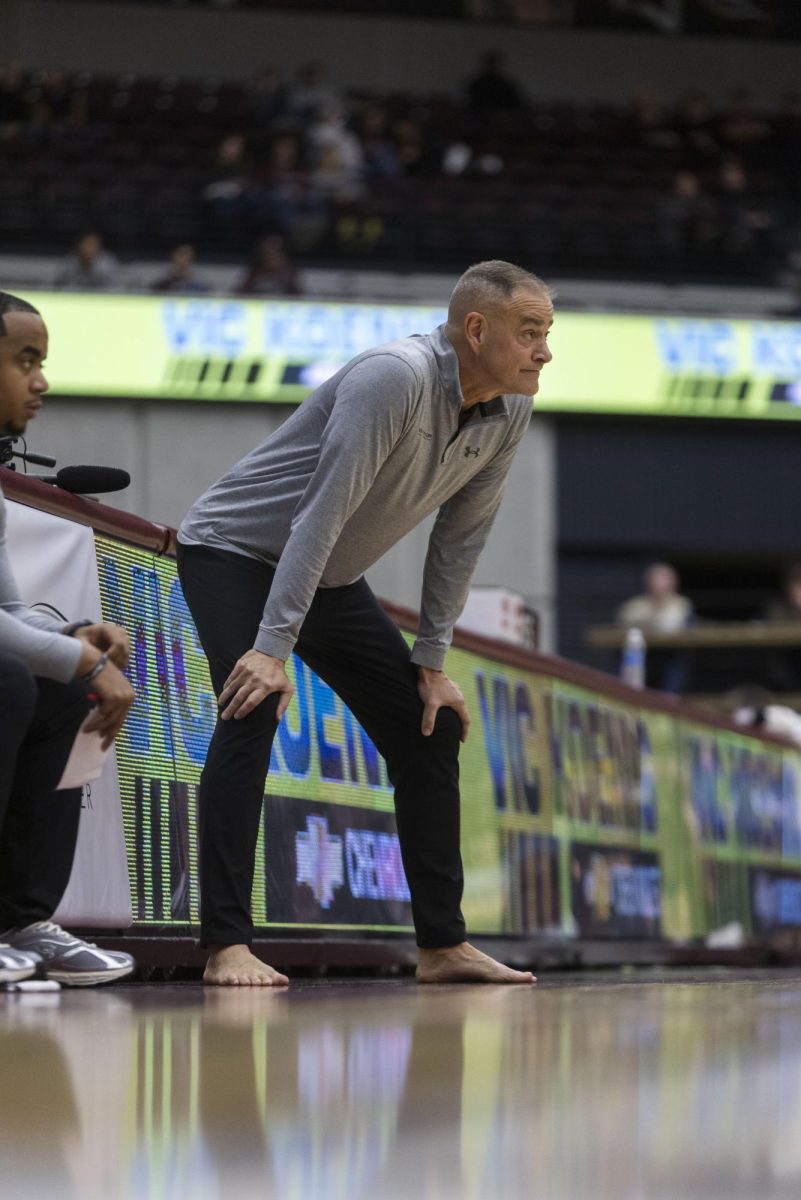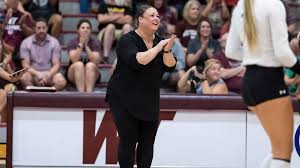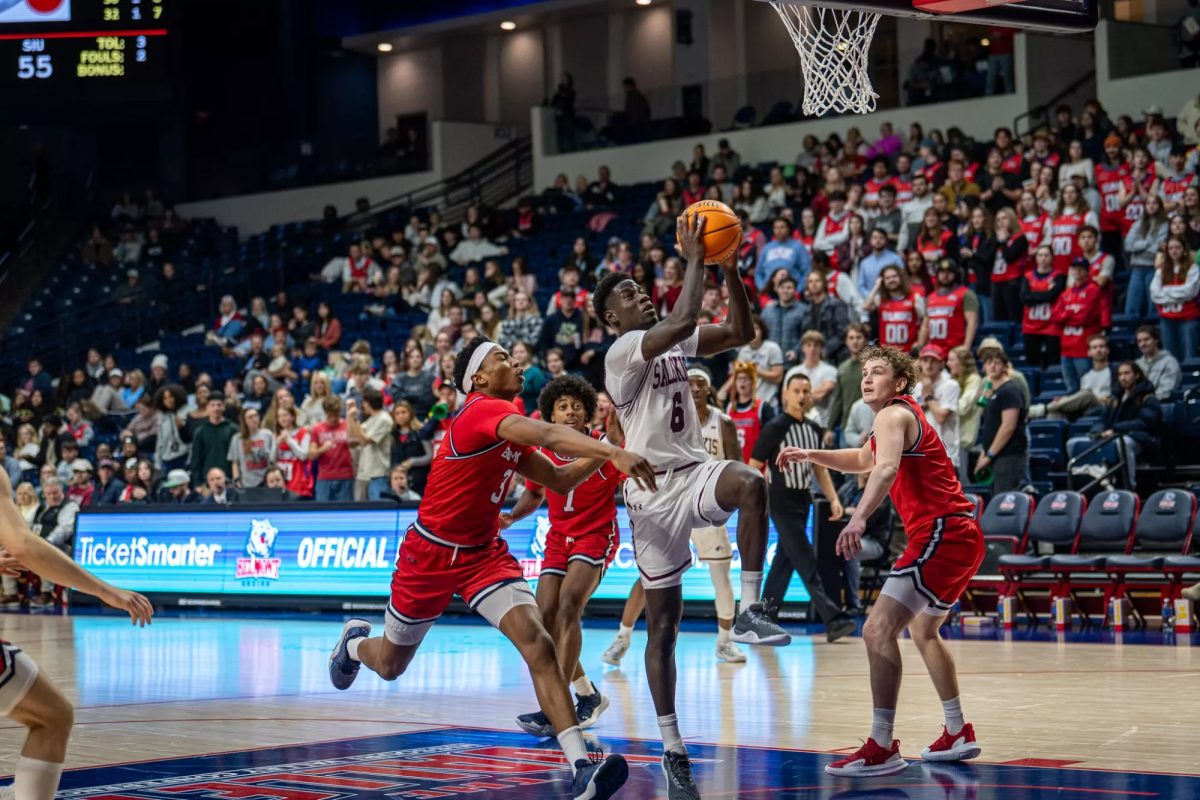Closing the library at 2 a.m. is doing a disservice to students and faculty of the University who depend on the computer and Internet access. After only four years of 24-hour access, Morris library is closing its doors on the very people who depend on it. The library should have maintained the all-night hours, but since it didn’t, there needs to be some kind of compromise.
September 11, 2002
During the years, the traditional student make-up has changed. Students no longer only have to worry about going to class and doing homework. Many have full-time jobs or a family to take care of or both. Those two reasons alone can justify why the library should have tried to maintain the off-peak hours of operation.
Some students opt to study in the library during the late-night hours because it offers a quiet environment with fewer distractions. At home, they have television, radio, roommates and a list of other things that can cause distractions. For some, studying in the library is easier and keeps them in the mood to study better than if they were at home.
Everyone does not own a computer, so for those students, the library’s late hours gave them the opportunity to get work done they may not have had time to do during the day. Even if students do own a computer, there is the possibility of it malfunctioning. If that were to happen, students would need a back-up option, which was once the library.
Advertisement
In November 1998, Morris Library changed the first floor to 24-hour access Monday through Thursday, closed at midnight Friday and reopened from 7:45 a.m. to midnight on Saturday and Sunday. The new hours of operation will have the library closing at 2 a.m. Sunday through Thursday and at 9 p.m. on Friday and Saturday.
If any time change had to occur, then Friday and Saturday should have remained open until at least midnight or 2 a.m. Everyone does not go out on Friday and Saturday nights. Some use the weekend to study, and closing at 9 p.m. does not give them enough time to do that.
It has been noted that the budget cuts are the main reason for change, but Susan Tulis, the associate dean for information services for the library, also stated that the number of people utilizing the library after 2 a.m. averaged about 20, so a decision had to be made.
Tulis said that on some nights at 1 a.m., the number of people in the library ranged from 61 to 86, but after 2 a.m. the number significantly dropped.
Even with the numbers dropping after a certain time, there may be days when those 61 people decide to stay a little longer to finish their work.
Since there seems to be no other alternative to closing, a compromise needs to be made. Staying open all night the week before finals and the week during finals is not enough. Those two weeks do not make up for hours of computer and book access lost during the semester.
Instead of closing the first floor, other actions could have helped offset the cost of maintaining the library. A number of computers and the printers connected to them could have been shut down. The lights could have been turned off in areas that were not occupied and only kept on in the main area. One person each could have maintained the circulation and information desk, and there could have been one full time employee to oversee the floor.
Advertisement*
The cost of maintaining the library 24 hours included paying staff and of bills that encompassed electricity, Internet access, water and air conditioning or heat. The average cost of running the library from 2 a.m. until 7:30 a.m. is $60,000 annually, which breaks down to $5,000 a month.
Without having to put people out in the cold, an alternative location for studying and computer use should have been offered in a smaller computer lab somewhere on campus.
When the library was being changed to 24-hour access, it was welcomed with a big bang. Restrooms were installed in the first floor, and a big deal was made about the fact that the University was changing to accommodate the needs of students and faculty.
So what has changed? In four years, the needs of faculty and students could not have changed so much that the library is not needed during those late night and early morning hours. If anything, the need for use of the facilities during those hours should have increased as more non-traditional students began attending school.
Since nothing else within the library could have been cut, we think the only natural step is to offer an alternative-after all, those 20 people the library doesn’t have time for pay the library’s bills too.
Advertisement







